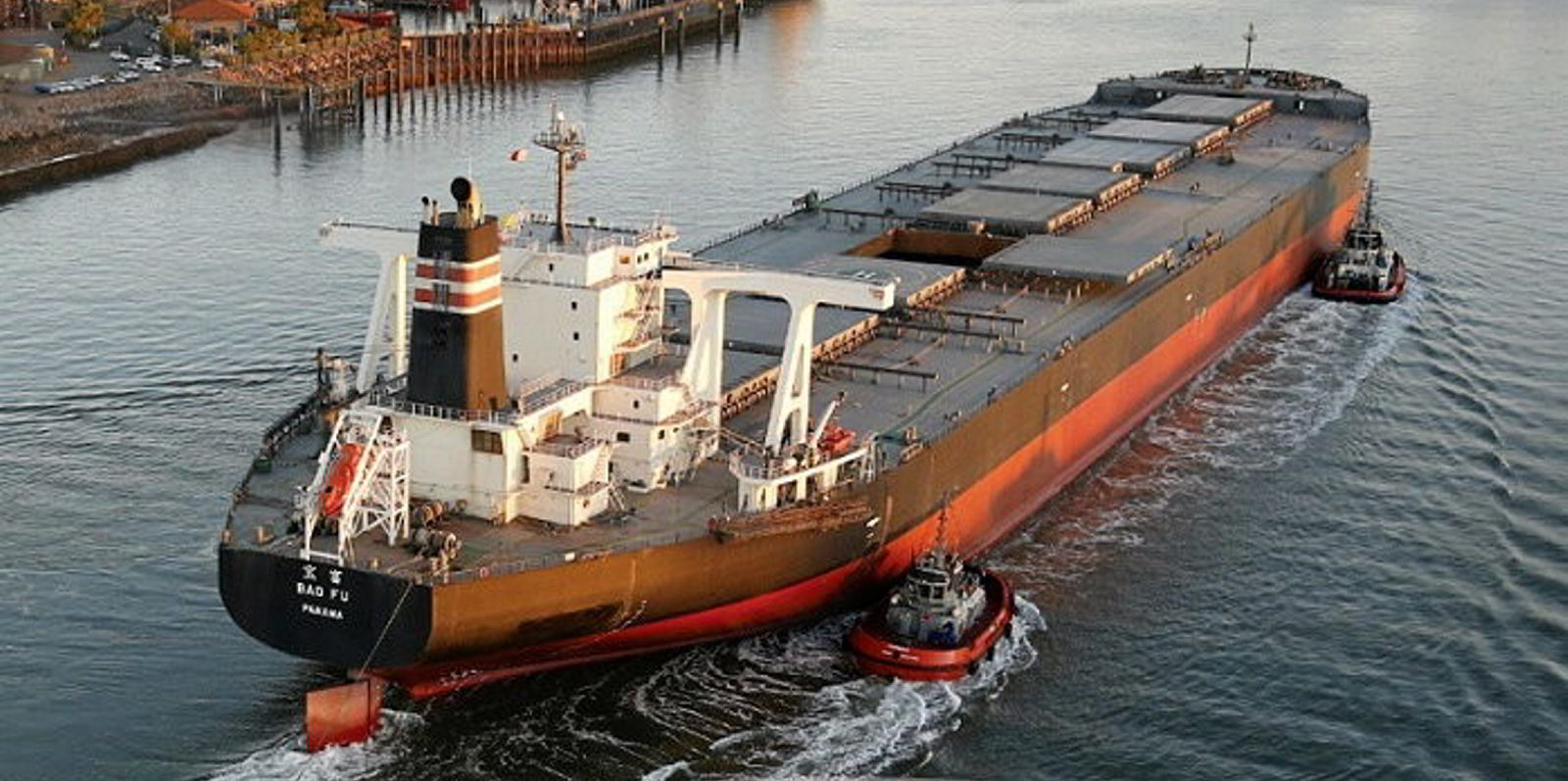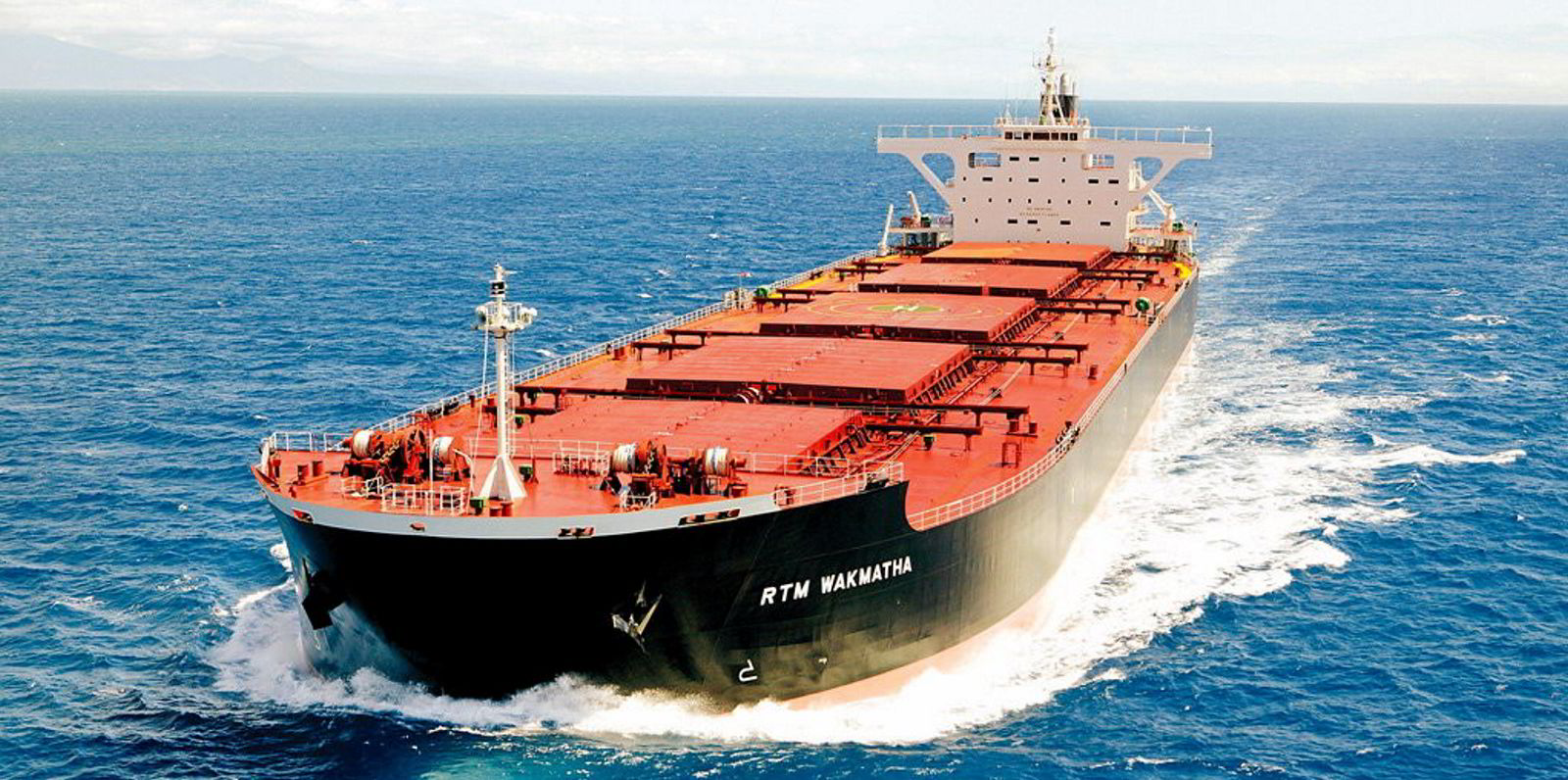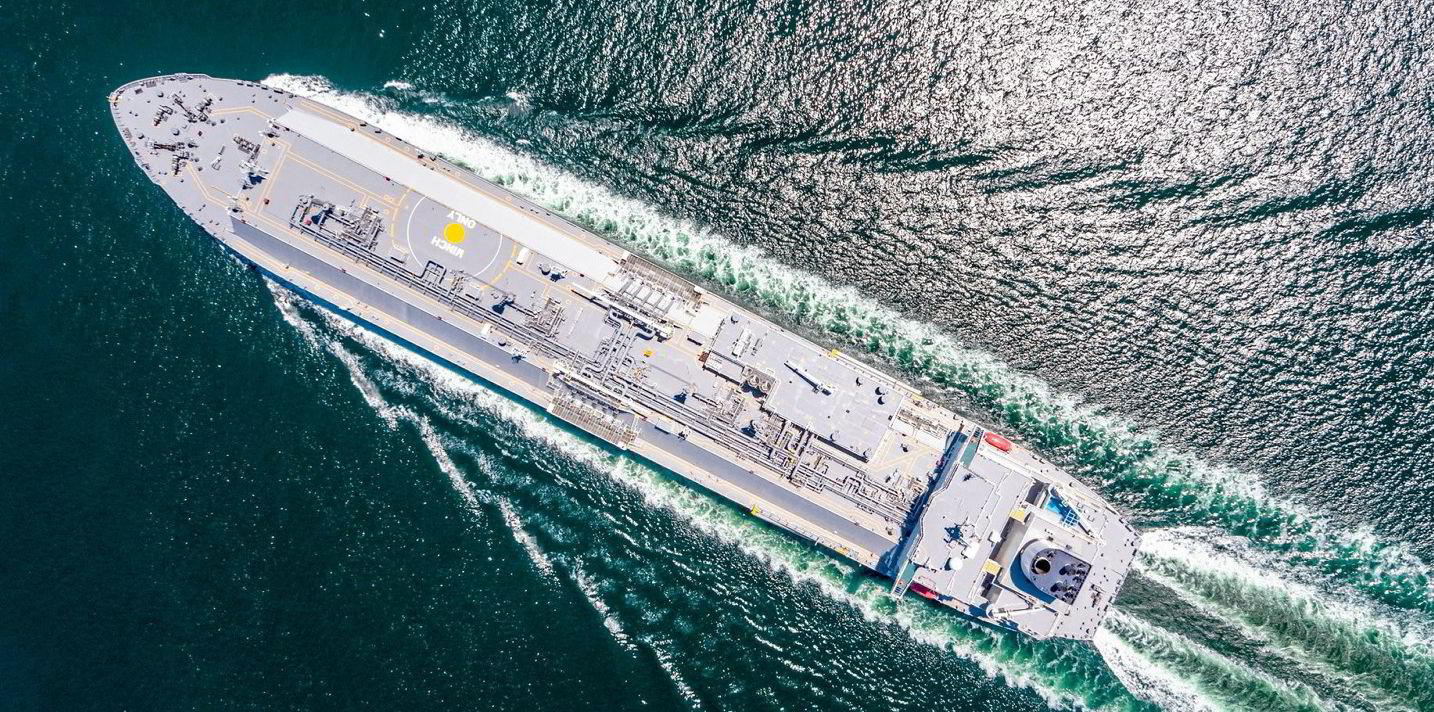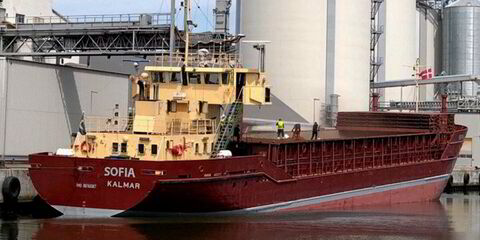China is increasingly looking to countries such as India, Canada and even Peru as it attempts to wean itself of iron ore supplies from Australia.
The country remains by far the largest importer of iron ore in the world, accounting for a massive 68% of the global seaborne iron ore trade
In the first six months of this year, China imported 537.8m tonnes of iron ore, up 2.1% year-on-year from 2020.
Total global loadings were up 3.3% year-on-year to 761.4m tonnes, according to vessel tracking data from Refinitiv.
Australia is still the top iron ore exporter to China by a long way, despite all the politics.
“One can say that it’s just because there is no alternative, even though China is clearly trying,” said Banchero Costa head of research Ralph Leszczynski.
Imports to China from Australia declined by 2.2% year-on-year to 356m tonnes in the first six months of 2021. Australia now accounts for 66.2% of Chinese iron ore imports.
If China really wants to avoid Australian iron ore, it actually makes more sense financially to try to get more from Brazil, or from India
Ralph Leszczynski, Banchero Costa
Brazil remains China’s second-largest source of iron ore, with a 20.6% market share.
Shipments from Brazil to China increased by 18.4% year-on-year to 110.5m tonnes in the first half of this year versus the 93.3m tonnes seen in the same period of 2020.
However, volumes from other nations have made sizeable gains in the first half of this year, according to Banchero Costa data.
India saw volumes of iron ore shipped to China surge by 63.6% year-on-year to 11.2m tonnes.
Meanwhile, imports from Peru were up 21.6% year-on-year to 11.1m tonnes, while those from Canada increased by 45% to 8.6m tonnes.
All good news for bulker tonne-mile demand.
South Africa is the third-largest exporter in the world after Australia and Brazil, but it is far behind those two, at just 55m tonnes per year of which about 63% goes to China.
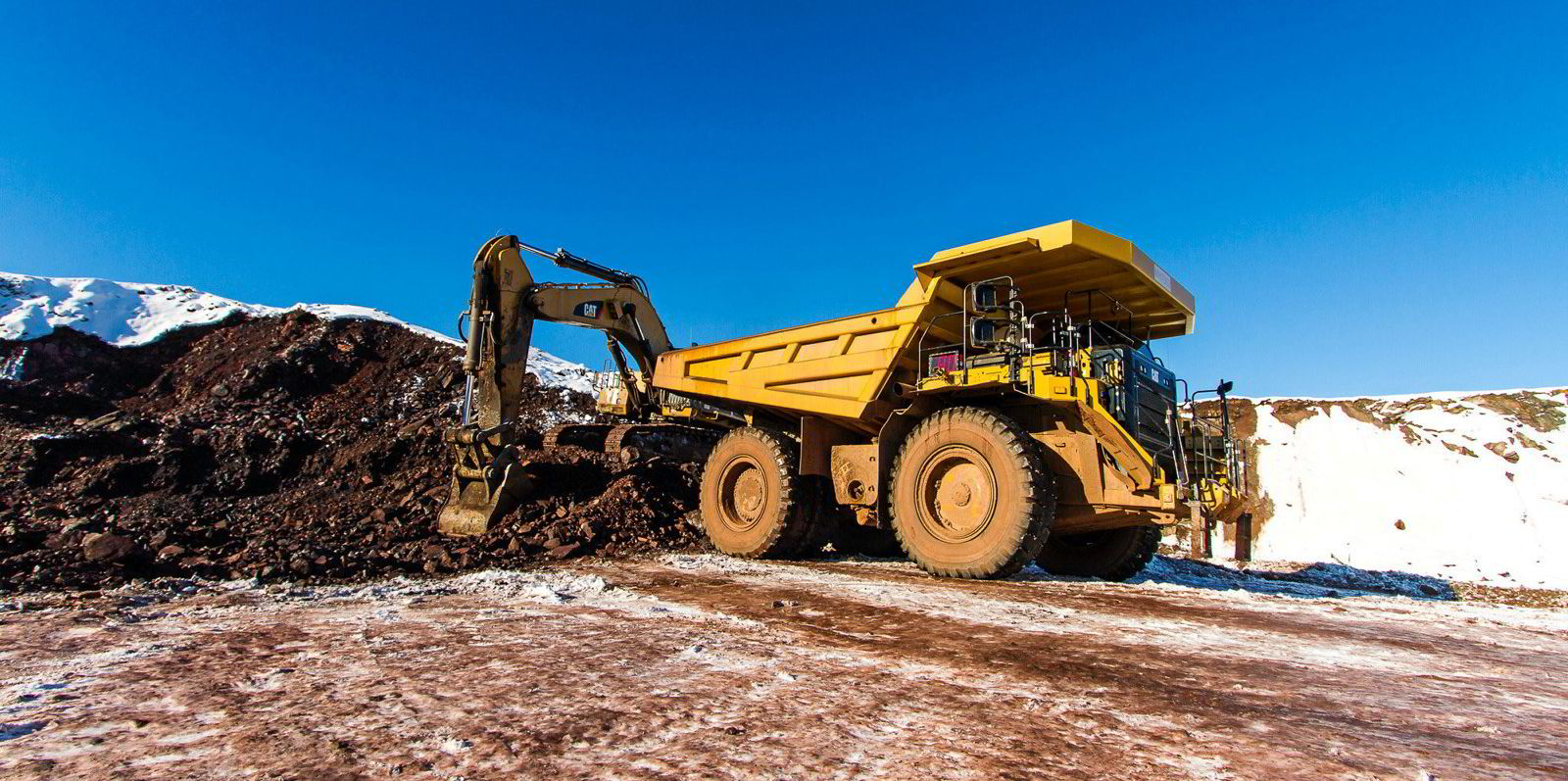
The rest of Africa, once anticipated as a major new source of iron ore for China, has failed to live up to that billing.
“There are fairly modest volumes from Liberia, about 5m tonnes per year, and Sierra Leone, about 2m or 3m tonnes per year. Guinea used to export, but that was down to zero last year,” said Leszczynski.
“There have been plenty of ‘projects’ in West Africa, but the mines are deep inland far from the coast, there are big logistical challenges to bring the ore to the ports by railway, and then [draught] issues at the ports. Hence very high break-even costs,” he said.
Leszczynski said such projects only make financial sense at a very high ore price level. With iron ore at $200 per tonne, such projects may again be marketed to investors, but they are likely to disappear again as soon as prices correct downwards.
“If China really wants to avoid Australian iron ore, it actually makes more sense financially to try to get more from Brazil, or from India,” he said.
“Indian iron ore is of poor quality but it's cheaper and shorter haul than whatever they can get from West Africa.”
